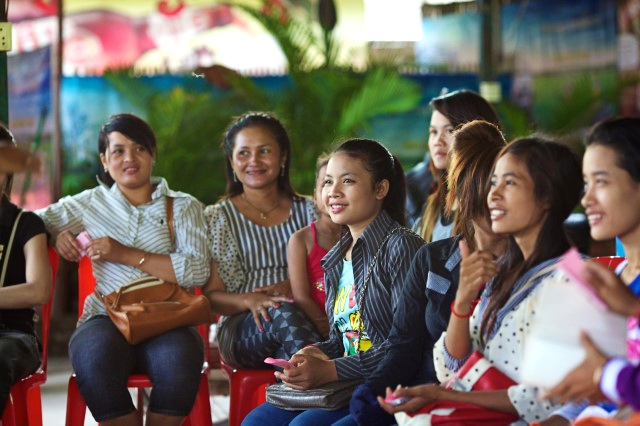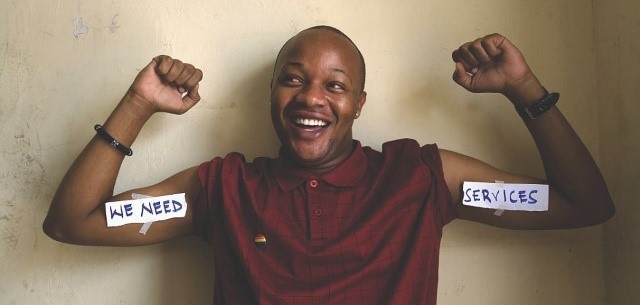Written by Hally Mahler, Project Director, LINKAGES, and Aubrey Weber, Technical Officer, FHI 360

Photo Credit: Ian Taylor/FHI 360
“We will only achieve HIV/AIDS epidemic control if we reach the UNAIDS 90-90-90 targets for all ages, genders, and at-risk groups, including key populations.” – Ambassador Deborah L. Birx, M.D., U.S. Global AIDS Coordinator & Special Representative for Global Health Diplomacy, June 2018
In 2013, UNAIDS set out to establish new global targets for HIV testing, care, and treatment. Stakeholder consultations were conducted at country and regional levels around the world, ultimately resulting in the creation of the ambitious 90-90-90 targets to help bring an end to the AIDS epidemic:
- By 2020, 90% of all people living with HIV will know their HIV status.
- By 2020, 90% of all people with diagnosed HIV infection will receive sustained antiretroviral therapy.
- By 2020, 90% of all people receiving antiretroviral therapy will have viral suppression.
Fast forward to today. We are now less than two years from 2020 and continuously working toward those targets. So, how are we doing? UNAIDS’ 2017 midterm progress report shows promise; 70% of people living with HIV know their status, 77% of people living with HIV who know their status are on treatment, and 82% of people on treatment are virally suppressed.
Some countries have already reached 90-90-90, including Denmark and Sweden, and three LINKAGES countries — Botswana, Cambodia, and Lesotho — are not far behind. This progress is proof that 90-90-90 is attainable among the general population. However, when it comes to key populations — men who have sex with men, people who inject drugs, sex workers, and transgender people — the progress is too slow. The limited population-based data that are available show that testing and treatment coverage among key populations remains disproportionately low, with no key population group close to achieving the 90-90-90 targets.
This is not surprising. Key populations face persistent barriers to accessing HIV services, including stigma, discrimination, violence, and punitive legal and policy environments. Frequently they are not adequately engaged in the design, implementation, and evaluation of programs intended to work with them. In addition, the field faces ever-present data challenges with key populations, many of whom do not disclose their current or former status as key population members and, therefore, can be difficult to track across the cascade of HIV services.
The USAID– and PEPFAR-supported LINKAGES project and its partners work to ensure that key populations are not only counted, but effectively reached in pursuit of 90-90-90 and epidemic control. The breadth of strategies that the project is actively pursuing to improve service uptake across the cascade includes peer navigation, the enhanced peer outreach approach, HIV self-testing, active monitoring of stigma and discrimination in health care settings, harnessing the power of social media influencers, and going online. These innovative solutions help to overcome structural obstacles, ensure the safety and security of implementers and key population members, and strengthen the capacity of key populations to lead.
Even if we reach 90-90-90 by 2020, and then 95-95-95 by 2030, our achievements will not be sustained without shifting the focus to key populations most in need of HIV services. As Ambassador Birx has stated, we can get close to 90-90-90 without bringing key populations along, but we cannot achieve it nor can we sustain it without key populations at the core of our final push. As we gear up for AIDS 2018, we must maintain focus on key populations and expand our commitment to delivering effective, data-driven programs at scale that meet their needs and engage them meaningfully in implementation. Only then can we imagine a future without AIDS.

Photo Credit: Neil Freeman/The Alliance
